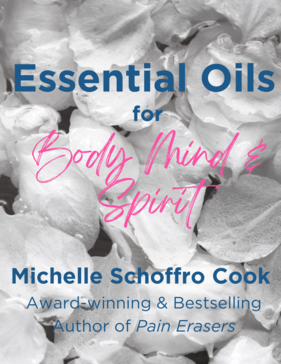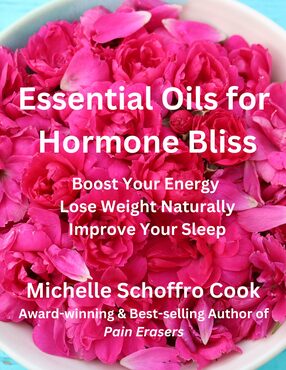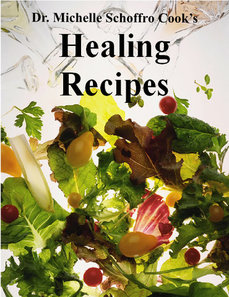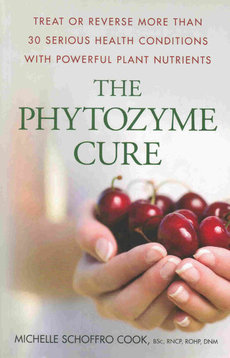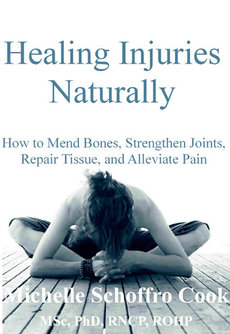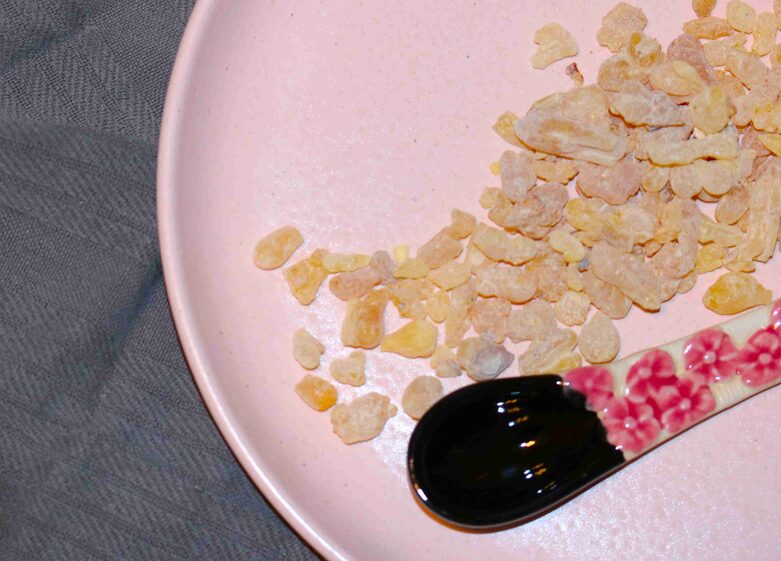
(Photo Copyright Michelle Schoffro Cook: Frankincense is a potent natural inflammatory.)
Inflammation is behind most chronic diseases, from arthritis and cancer to diabetes and heart disease, and many others. Fortunately, herbal medicines shine when it comes to addressing inflammation in the body, regardless where it is found. Here are some of my favorite anti-inflammatory herbs, some of which are easy to grow on a window ledge or garden for a regular supply of the natural remedy:
Calendula: This beautiful flowering plant is found in gardens around the world yet few people are aware that they have an anti-inflammatory powerhouse at their fingertips. Researchers at the Medical Biotechnology School of Medicine at Flinders University in Australia evaluated the effects of a calendula extract on human skin cells. Their results support the German Commission E’s, the government’s expert committee on medicinal herbs, endorsement on medicinal herbs for reducing inflammation. Their study published in the medical journal Phytotherapy Research found that calendula is an effective skin healer. Apply cooled calendula tea or creams or ointments containing the herb directly to the skin.
Chamomile: A study published in the Journal of Natural Products assessed the anti-inflammatory properties of chamomile and found that the herb contains has anti-inflammatory properties and can be beneficial in treating metabolic syndrome, a condition involving high homocysteine levels—a marker of inflammation that can increase the risk of many diseases like heart disease and diabetes. Metabolic syndrome is a collection of symptoms, including: imbalanced blood sugar, cholesterol, as well as high homocysteine levels. Some of the symptoms include: abdominal fat and overweight. Drink 3 cups of chamomile tea daily to reap its anti-inflammatory effects. Avoid chamomile if you suffer from hay fever.
Cayenne Pepper: While many people still believe the myth that cayenne aggravates inflammation, it actually turns down the heat on inflammation due to its powerful anti-inflammatory compound capsaicin. According to a study published in the Cochrane Database of Systematic Reviews, researchers found that eating cayenne peppers is beneficial for low back pain and inflammation. The herb can be used in moderate doses internally or capsaicin-based creams and ointments can be applied to painful areas of the body. I’ll share more about how to make your own in an upcoming blog.
Frankincense Essential Oil—The herb, Boswellia serrata, or frankincense as it is more commonly known, is a powerful anti-inflammatory particularly in its essential oil form. A study published in the medical journal Current Pharmaceutical Design assessed the effectiveness of several natural remedies against asthma, including frankincense essential oil. The researchers confirmed that frankincense demonstrated anti-inflammatory and anti-allergic mechanisms relevant, making it useful for the treatment of respiratory diseases. Frankincense essential oil can be diluted in fractionated coconut oil or another carrier oil and applied to the chest or inflamed areas or. If you select a high-quality frankincense essential oil that is suitable for internal use (most aren’t), you can take one to three drops daily in an empty capsule. Follow package directions for the product you select and do not exceed the recommended dose. I use LiveGood’s frankincense as I am pleased with its extensive reporting from third-party laboratories on its purity and is a fraction of the price of other types.
Ginger: You’ll want to add ginger to a lot more foods than just gingerbread to take advantage of its powerful anti-inflammatory properties. That’s because research published in the medical journal Arthritis compared cortisone and ibuprofen, both drugs that are used in the treatment of inflammatory conditions, and found that ginger was superior to ibuprofen at reducing inflammatory compounds known as cytokines and was equally effective as cortisone. Unlike cortisone, however, ginger does not have the lengthy list of nasty side-effects. Ideally use fresh ginger in soups, curries, stews, stir-fries, or as tea daily to maximize its anti-inflammatory effects. For best results, simmer fresh gingerroot in a pot of water over the stove for at least an hour, and then drink three cups daily. You can store the ginger tea in the fridge for several days.
Turmeric: If you’ve been hearing a lot about turmeric these days, thinking that it seems to be good for just about everything, you’d be right. That’s because the yellow curry ingredient contains a potent anti-inflammatory known as curcumin. In a study published in the Journal of Biological Chemistry researchers found that curcumin improved the healing of tendonitis, which involves inflammation of the tendons that help maintain our body’s structural integrity.

